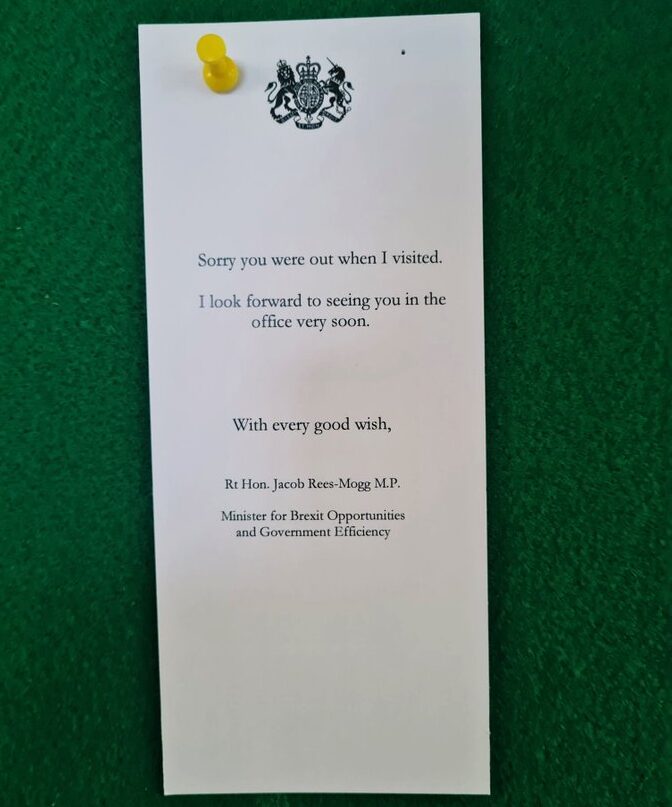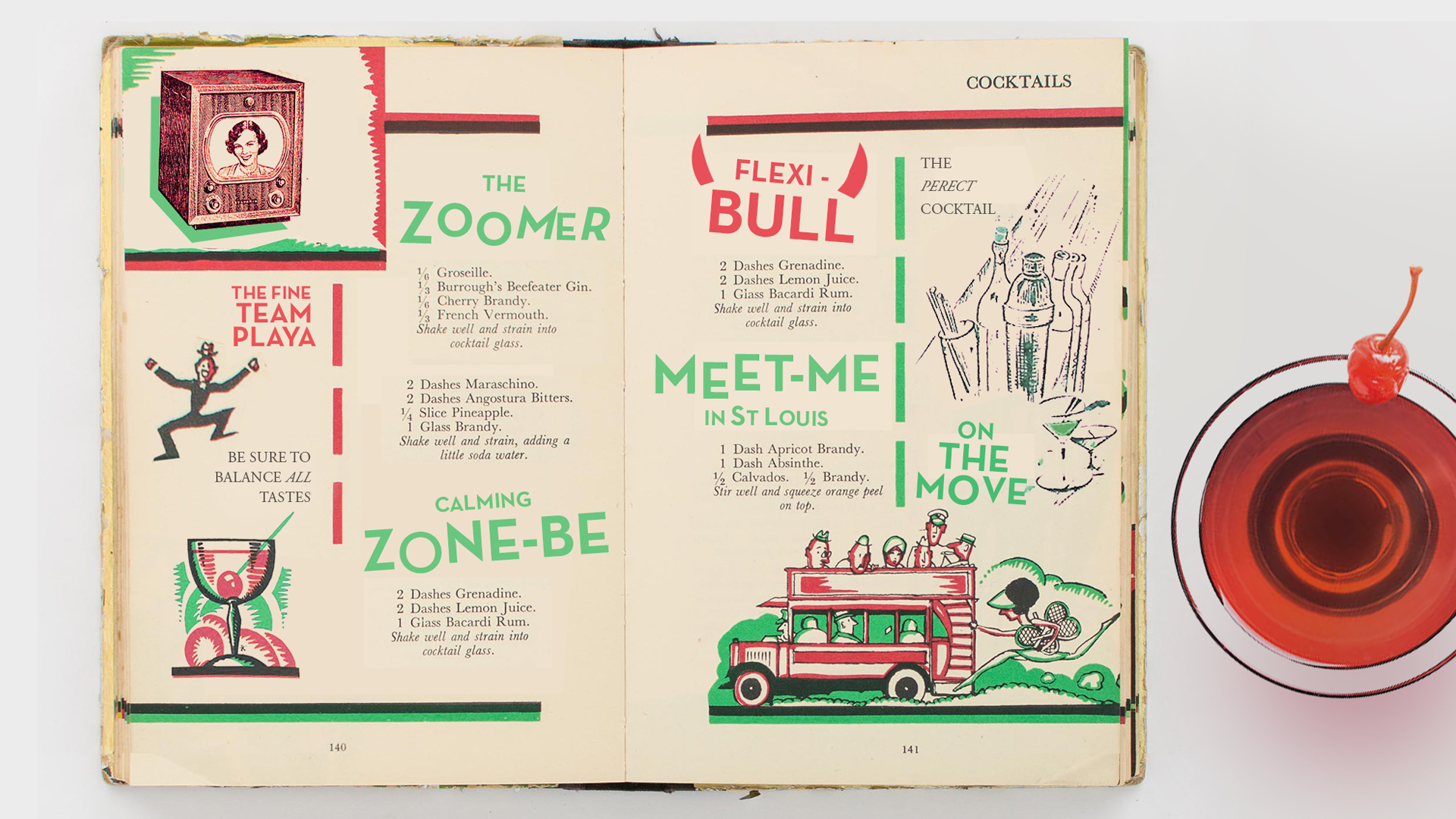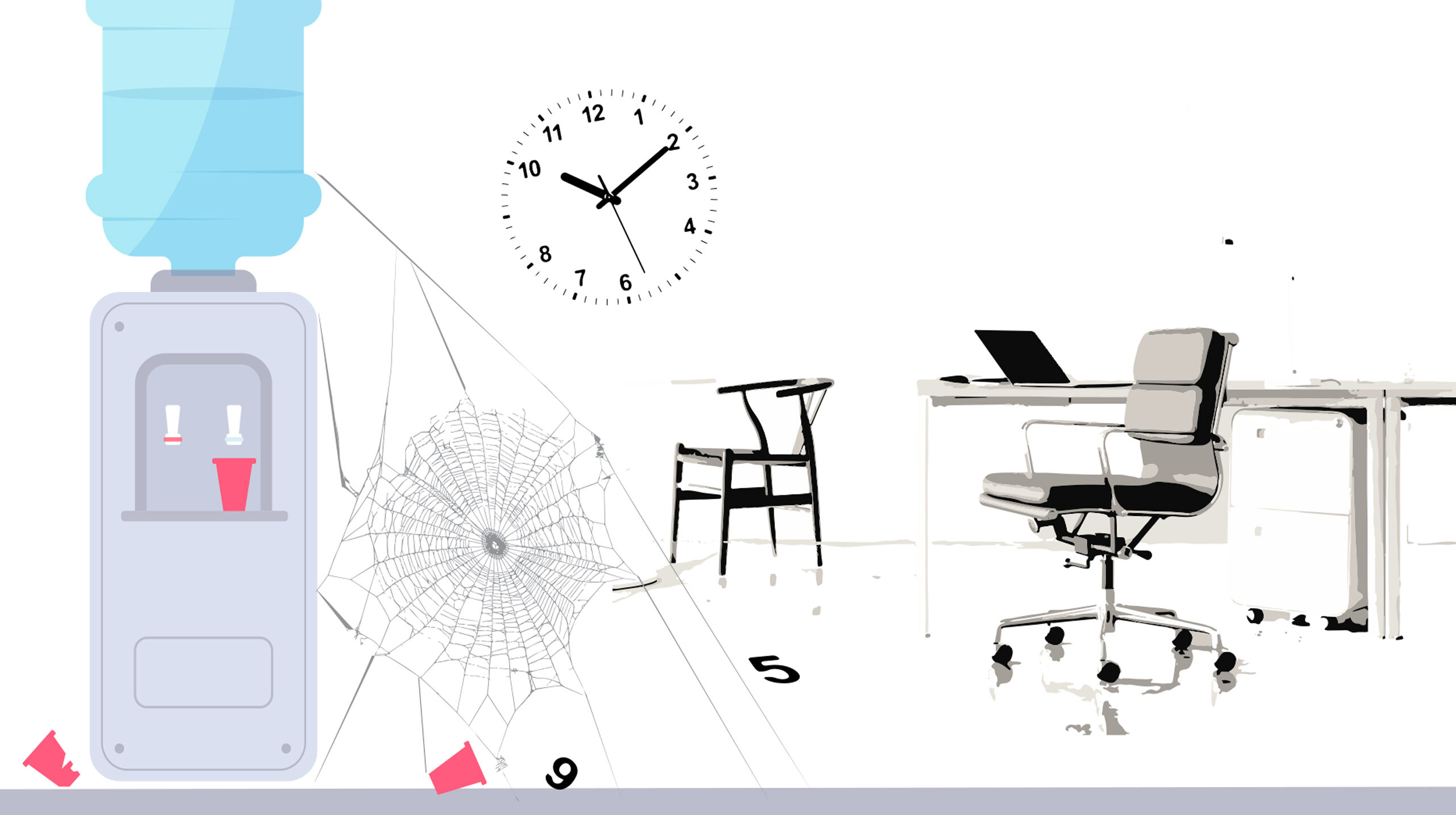We’re all trying to find a solution to the hybrid working conundrum. Is it the end of Head Office? Fridays off forever? Smarter tech?
Here’s where we think we are now – and where we’re heading next.
Time’s Arrow
We’re all time travellers. At the moment of birth we’re gifted a one-way ticket to our futures. So we travel, often in friendship and sometimes alone. Pumped with excitement, or with anxiety, we follow Time’s’ Arrow forward, always. Even when we loop to a place or an idea we’ve visited before, we can never come to the same moment, the exact same perspective, that snow-fresh state of unknowing.
Why do I say this? Because I’m goaded by the myopia, the fearfulness and – coin flip – the cynical manipulation, all represented in the phrase ‘Back to normal’. That’s why.
The experience of the pandemic has wound a great mainspring in society, and the clockwork of change is whirring. We discovered a lot about ourselves and the world around us during those moments of fear and elation, and restriction and freedom. Parents found new respect for teachers. Many of us discovered that we’d rather know one ICU nurse, or Tesco delivery driver, than 10 Fortune 50 CEOs.
And to pick just one theme from that – a lot of us found out that we were really very good at our jobs. That when the chips were down, we were at our most resilient, dependable, self-reliant and productive. And despite the endless Zoom calls, we valued the trust conferred, and the unexpected freedoms in our days, more than we ever thought possible.
Right now, we find ourselves at a moment ripe with opportunity for progress. For progressive social policy. For progressive working practices. For progressive action on the environment and the climate crisis. And it’s not difficult to see how all of those interlink.
In the context of the future of work, ‘Let’s get back to normal’ sounds like a recipe for complacency and complicity. Not to mention a call to arms for all vested interests.
Defining hybrid working
A hybrid working model allows people to work flexibly from the office and remote locations. This could be at home, or at a co-working hub near home, for instance. Colleagues adopt a blend of remote and in-person working, and can spread their workload over more flexible hours, balancing the needs of the team, the business and the individual. The remote worker – you today, your colleague tomorrow – is treated equally.
There’s no way back
Looking around for best practice to help us create the new normal, it’s easier to spot the lurid headlines than inspirational examples. The answer is certainly not this…

Jacob Rees-Mogg’s ‘Sorry I missed you’ note can be read as a passive-aggressive plea for ye olden times; a cry against modernisation and vanishing hierarchies. It already looks like an artefact in the Museum of the Great Resignation.
It’s interesting to note who else is against hybrid working. Long-term commercial property investor Sir Alan Sugar is similarly outraged…

Aside from the fact that his property portfolio is suffering if people work from home, hybrid working demands a level of trust in employees that can be hard to summon. If you can’t see people, how do you know they are working? If you can’t see them, are they automatically ‘lazy gits?’
Or maybe we need to flip that on its head. If people can’t see you, how do they know that you’re the terribly important boss? You never arrive at a Zoom meeting via a First Class carriage or a chauffeur driven Bentley. We all get there the same wifi way. And there are no chairs at the head of a big boardroom table on Zoom. Everyone is reduced to the same sized little square. On one level, there are elements of hybrid working that have democratised the workplace to a point that makes some people very uncomfortable.
The flattening of hierarchies feels like one of the positives of flexible working. We can get the right people to the meeting, irrespective of their role or location, and we can collaborate together. Remember those early days of the pandemic when we all got to see the boss’s wallpaper and their cat and saw them as real people for the first time? That ‘we’re all in this together’ feeling is just one of the many positives of flexible working.
From our perspective, Lord Sugar and Rees-Mogg are relics from the Before Times. We can feel progress all around us. The world has changed, and there is no going back.
The future is hybrid
Let’s evidence this. As a consequence of going about our regular business we’ve had in-depth conversations with operations directors at two international law firms. We’ve grilled a City accountancy firm. We’ve daily collaboration with at least two large tech companies, and regular dealings with a handful more. We have testimony from city, local and regional authorities. And we have insight into the thinking of a hospital trust.
Their stories are consistent. Change that was already either imminent or underway was accelerated by the pandemic, and on balance the benefits have proved compelling. They’re continuing to upgrade their working practices, their HR processes, their employment contracts and their digital operating systems to fully embrace more flexible, collaborative working models, various hybrids of workplace + remote working. What – even healthcare? How about radiographers working at home, producing diagnoses from images taken by paramedics at the point of need?
Here are some of the quoted benefits:
- They can recruit the best talent, and from much further afield, by offering more flexible working arrangements, in a very competitive market.
- It provides a huge boost to equality of opportunity, diversity and inclusivity.
- In key areas, they’ve seen meaningful productivity increases.
- It forms a part of their net zero strategies.
- Their clients and customers are going hybrid and are demanding new ways of working with them – cloud collaboration, co-creation of content etc.
The future puts wellbeing in the spotlight
Research firm Gartner says this week that more than 70% of information technology workers are looking to change jobs this year and urges employers to adopt a more ‘human-centric’ work model that includes better working hours, more productive meetings and greater flexibility to reduce this turnover.
What we see are businesses feeling their way to a solution that looks something like that. A more ‘human-centric’ way of working that fosters wellbeing has found its way to the top of the agenda for many of us. The problems of burnout have been deeply felt across the board, so smart leaders are thinking creatively about new flexible work patterns that mitigate against it. Like this, from Fujitsu, in an article in the Financial Times.
“Every week, employees at Fujitsu block out an hour in their calendars for a non-work activity of their choice. They reserve periods for undisturbed ‘protected focus time’ and squeeze their remaining essential online meetings into 25 and 45 minute periods to ensure they have breaks between calls. These were really simple things that got so much positive feedback,”
says Kelly Metcalf, head of diversity, inclusion and wellbeing for the Japanese technology company’s north-western Europe division.
“One of the big complaints among our remote workers was virtual meeting fatigue. They were absolutely sick of looking at screens all day.”
David Roomes, chief medical officer at UK engineering group Rolls-Royce, argues that successful programmes require decentralised discussion and employee involvement. They’ve rejected quick fix feel-good office furniture – no bean bags or table-tennis – in favour of a new style of leadership.
“If you have bosses with 24/7 expectations of work, it permeates. If you are seen to be successful by displaying certain invincible traits, then that’s what people model. We are busting the myth that productivity only comes from driving people harder. We want to look at the whole person and be much more thoughtful about how you lead and manage to ultimately give you better results.”
Roomes adds:
“We spend tens of millions of pounds a year on plant and asset, and everybody says our people are our assets but our investment by comparison is modest.”
Good yes, simple no
Like many creative businesses, Cohesive is still figuring out our own cocktail for hybrid working. We have an office that sat untouched through the pandemic, and which is slowly finding a new purpose. It’s never going back to the way it was before, and we’re still thinking through the new ways. Not Monday to Friday, 9-5, but coming together intentionally for face-to-face meetings and creative sessions, when we need to, or want to.
Work-wise, there’s not much that can’t be managed digitally, through a combination of Slack, Zoom and Google Drive. In some ways creative collaboration on client projects has been easier, not harder, away from the office. However it’s socially that we’ve all missed out, and it’s been especially hard for interns having their first experience of working life when working life is being rewritten around them.
Our solution will be to try and maximise the positives of hybrid working, and to mitigate against the negatives.
Hybrid working positives
- Less time wasted on travel
- Less time wasted in the office not working – no clock watching, no presenteeism.
- The opportunity to be more productive
- More freedom to work in the way that suits you
- More effective collaboration – can get the right people in the virtual room, not limited by who’s in the office, or where they are in the world
- Wellbeing benefits
To reap the benefits of flexible working you need a role that has a good level of autonomy, and a variety of tasks spread over a week. You also need a safe and comfortable base to work from. Without that, you get hybrid working at its worst.
Hybrid working negatives
- Lonely
- Purposeless
- Isolating
- No differentiation between work and home. Blurry.
- Hard to switch off
- Too much online time
- Poor mental health
Ingredients in the perfect flexible working cocktail
- A way of making people feel part of a team. Could be face to face, could be virtual, but can’t be overlooked.
- A solution that allows for upskilling. There is a big skills shortage. People are more likely to stay with you if they’re improving their career prospects while they work. You’re more attractive as an employer if learning programmes are built into your culture. Needs to be a sense of progress and personal empowerment, whether you’re office based or WFH.
- A solution that takes account of the different ways people like to work. Big noisy open plan offices are hard to work in for some people, so if you’re in the ‘everyone back to the office’ camp, it’s worth building on what you learned during lock down and reconfiguring the space. Zoned offices, with quiet spaces for introverts and anyone needing to do focused work.
- Opportunities for the serendipitous exchange of ideas. We missed those unscheduled chats that happen when you’re working on a project together, and they’re so helpful for keeping things moving. fVital too, for innovation. Maybe that’s an actual water cooler in a real office, maybe it’s something else.
- A way of encouraging people to move around. Sitting down all day is the new smoking, apparently. The pandemic has taught us all the value of fresh air.Perhaps walking meetings could be a way of supporting productivity and wellbeing.
- A solution to the meeting conundrum. Meetings work when everyone is in a room together, or when everyone is remote. Flexible working with some people in the office and others elsewhere makes meetings tricky. Solve this one, and flexible working will be far easier.
- Reward. If you’ve opted for less face-to-face office time, it’s important to think of how you’ll keep people motivated without colleagues around them to share the experience.
- The right tech and systems. Access to reliable WiFi almost goes without saying, but you need simple and robust systems that the whole team can access and use to collaborate.
Summing all that up
As a progressive organisation, you will want aim for the all of the benefits that hybrid working can bring to your people, profit and the planet. Everyone is going to need to find their own version of the future. This is not a one size fits all scenario – which is why a cocktail makes such a nice analogy. Like all mixology, your favoured flavour takes time to perfect, but it’s always worth the effort.
If you have good examples or thoughts to share, reach out on the form below.






What do you think?